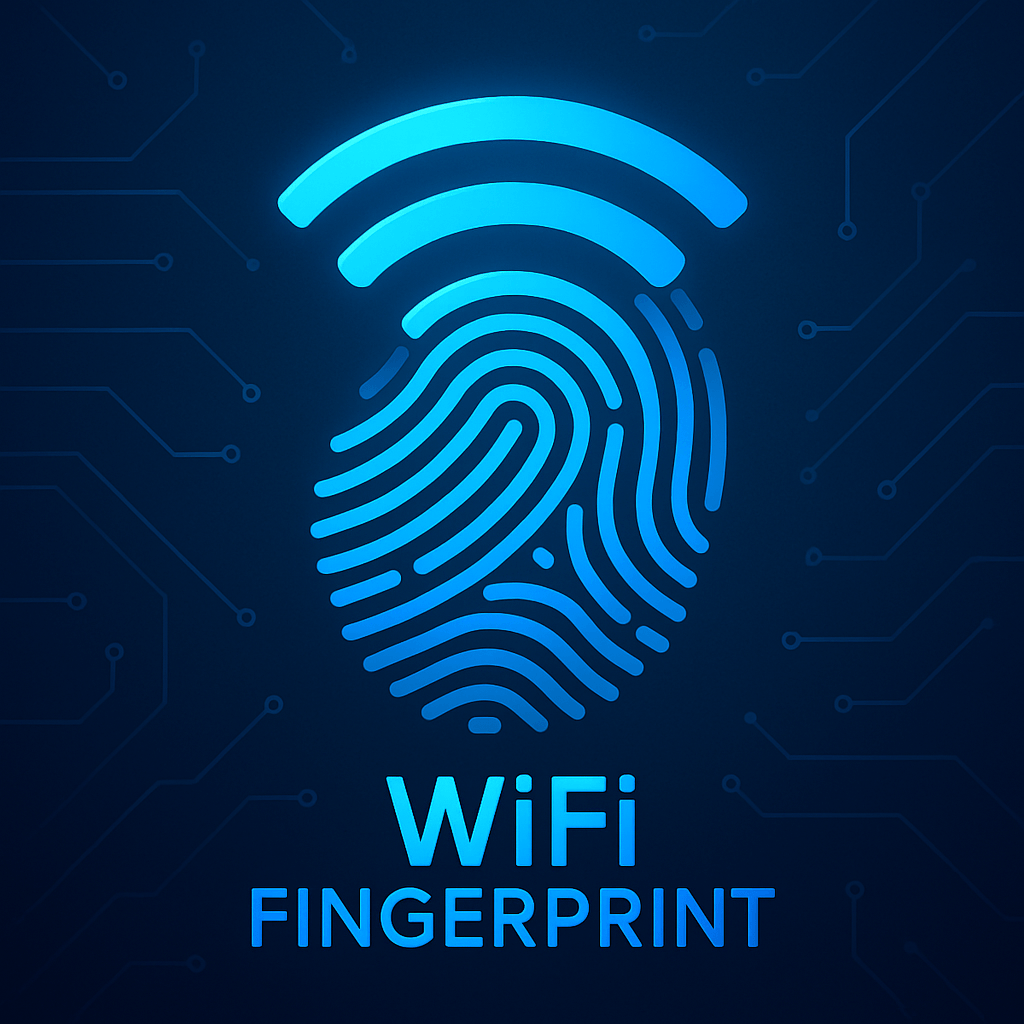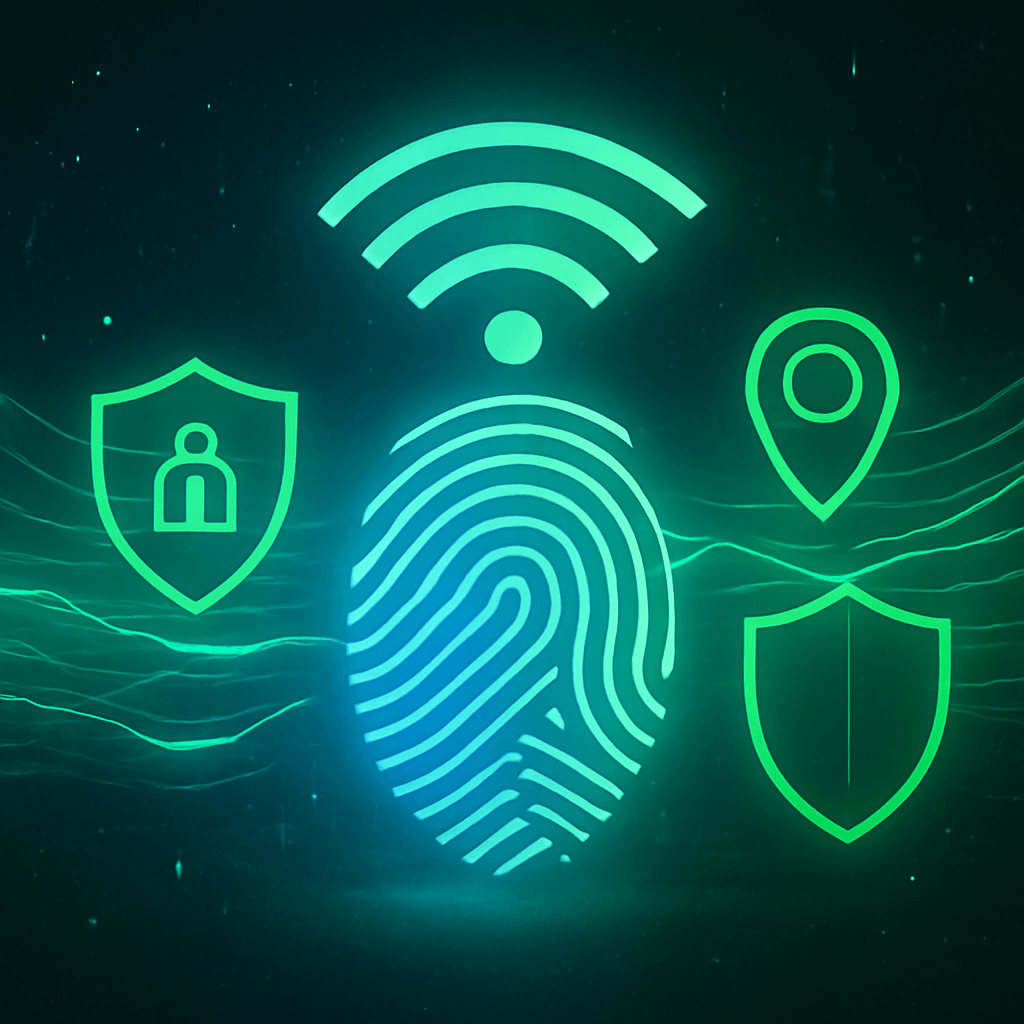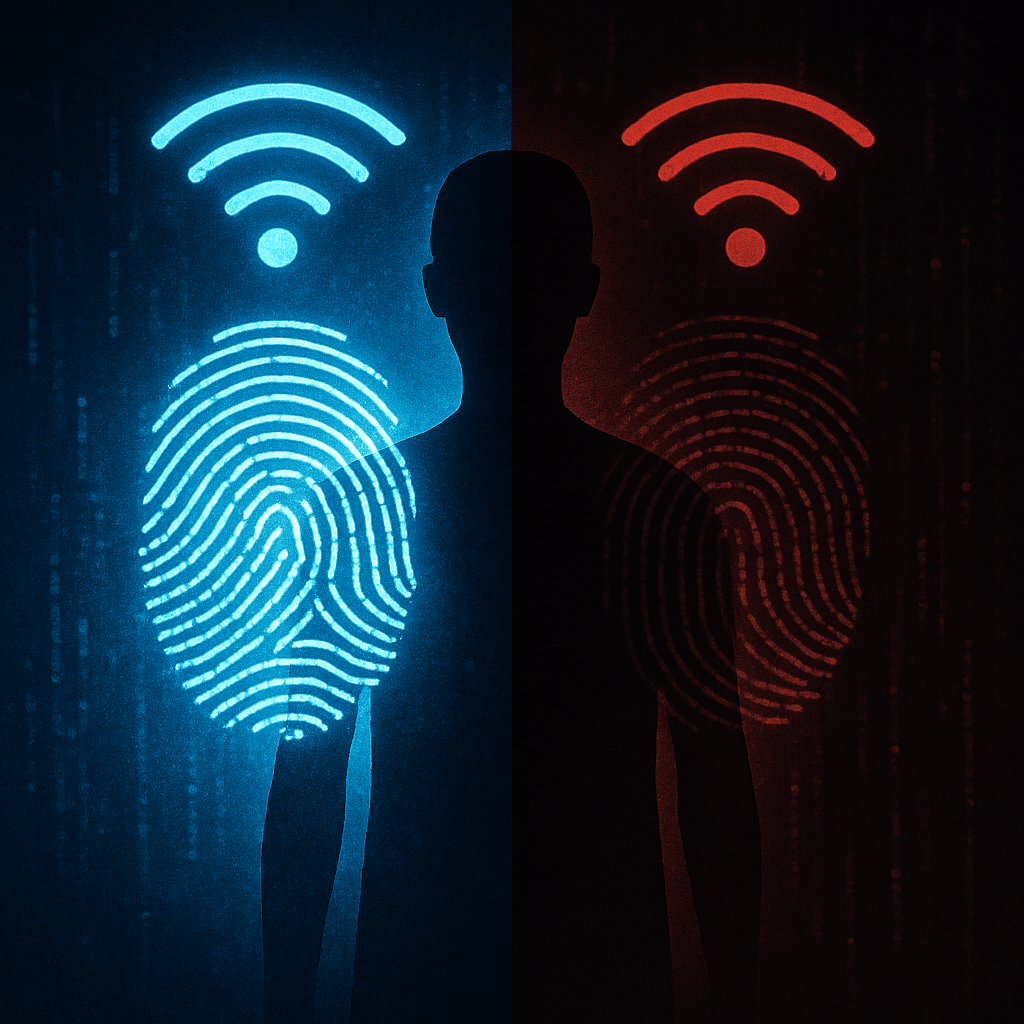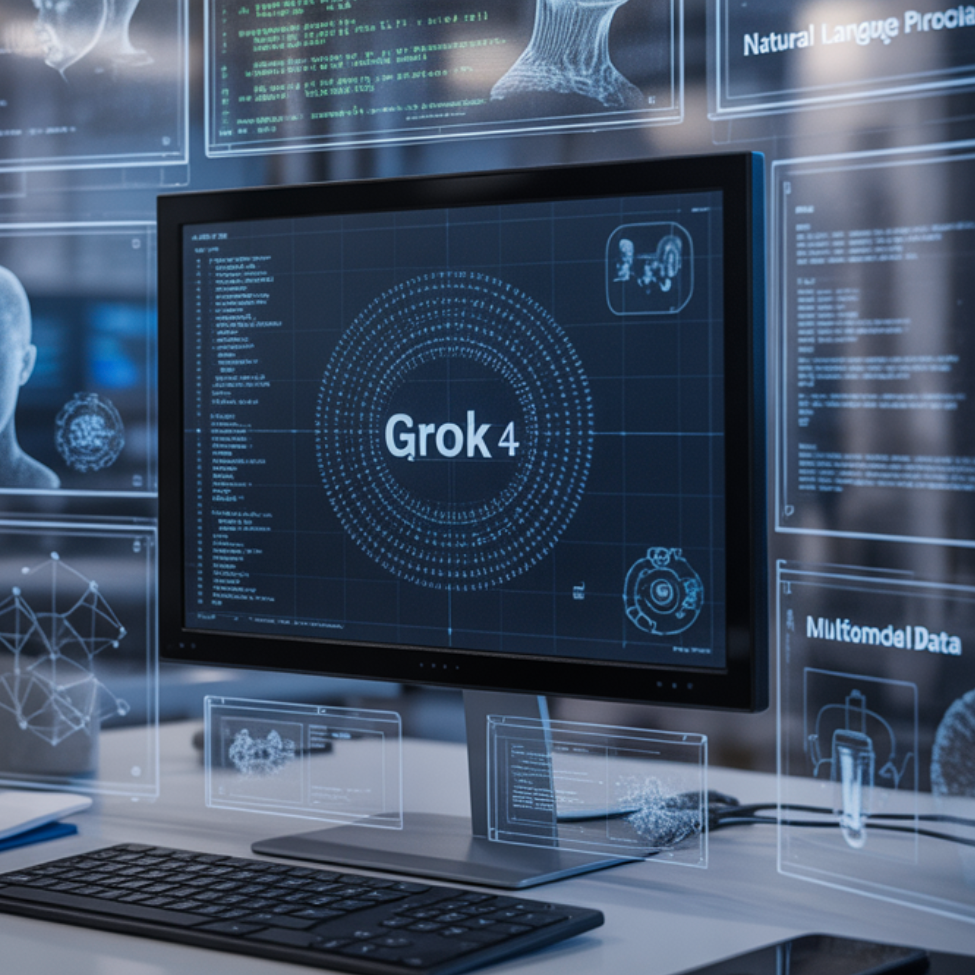
Introduction
Wi-Fi, a technology with which we used to exchange data, has gradually shifted to Li-Fi. Now it has evolved further, and it has become possible to use it as a fingerprint. This can help AI a lot in reaching new heights. And it would not be a big deal to say that this technology can replace optical fingerprint, it can bring a revolution in smart home security systems and indoor navigation and many more.
Which we can see beyond the wall, although many experts also question the privacy conference. We will talk about it in detail later. If you mean Wi-Fi fingerprinting as in detecting and tracking people or devices using Wi-Fi signals (not biometric scanners), the leading company in this space is Galgus.
The founder and CEO of Galgus, the company behind Wi‑Fi fingerprinting and AI‑based location analytics, is José González‑Garrido. He co-founded Galgus in 2013 along with José Antonio Delgado‑Alfonso (CTO) and Pablo Aguilera (Head of Innovation), Wireless Broadband Alliance+11
What is Wi-Fi Fingerprint?
Wi-Fi fingerprint means that just like optical fingerprints take a print of your body through lights and use it, similarly, this WiFi fingerprint will take a print of your body through its rays and use it. Earlier, its accuracy was very low because this technology was based only on a signal strength (RSSI).
AI brings a new level of intelligence by using Channel State Information (CSI) — the detailed data about how Wi‑Fi signals travel between transmitters and receivers. Since every body or device distorts signals differently, these variations act like a “fingerprint.” One more thing, to do all this, there is no need for any additional hardware – just Wi-Fi routers and smart software.
How it Works:
- Signal Mapping: Signal Mapping – The system creates a baseline map of the area based on Wi-Fi reflections.
- Disturbance Detection – When a person moves through the space, their body absorbs and reflects signals differently than static objects.
- Pattern Recognition – Machine learning models analyze the changes and compare them to known patterns to detect who or what is moving.
- Fingerprint Creation – Over time, the system learns unique “Wi-Fi fingerprints” of individuals based on their body composition, movement style, and position.
Why It’s Useful

Wi-Fi fingerprinting has the potential to revolution multiple industries.
Contactless Security Systems:
Imagine you enter your office, and authentication is done automatically without scanning badges, cards, or entering passwords. How convenient it is that here you are the key to the lock, i.e. your presence itself becomes the key. And this is better than physical devices, which get lost somewhere.
Elderly and Healthcare Monitoring
Hospitals and smart homes. This era can be Utilised in personal areas without cameras, refuge areas, or to locate long periods of state of inactivity. For aged caretakers, this could be life-saving to maintain their dignity and appreciate.
Smart Home Automation
Your domestic should immediately recognise who enters and modify lighting fixtures, song, and temperature based on personal choices without wearable devices or cameras.
Privacy-Friendly Surveillance
Wi-Fi fingerprinting may be a less invasive method of monitoring areas while still identifying unauthorised access because it doesn’t take pictures or record faces like cameras do.
Cost-Effective Security
The organisations may implement it without investing in pricey sensors or authentication systems because it makes use of existing Wi-Fi infrastructure.
Why It’s Scary

Tracking Without Consent
The fact that this technology doesn’t require consent is arguably its most concerning feature. Controlling the Wi-Fi network would allow someone to monitor people’s movements in a house, workplace, or public area without anyone ever realising.
Risks of Hacking
A hacker could track movements and occupancy in real time if they manage to get access to such a system. Imagine cybercriminals using this to obtain information without physically entering your home, or burglars knowing when you leave.
A false feeling of privacy
People may feel safe in camera-free environments without being aware that Wi-Fi signals are still being tracked. This creates a secret layer of surveillance that many would find intrusive.
Issues with Data Ownership
Who owns the movement and identity data collected via Wi-Fi? If it is shared or stored, it could be misused for profiling, targeted advertising, or even insurance risk assessments.
The Future of Wi-Fi Fingerprinting
Researchers are pushing this technology further. Recent studies show it could identify individuals based on the way they walk or even their breathing patterns. Combined with AI, it might become as common as CCTV cameras or biometric scanners in the next decade.
Possible Applications:
- Law Enforcement: Detecting intruders in sensitive facilities
- Retail: Understanding customer movement patterns without cameras.
- Military: Tracking enemies in buildings without line-of-sights.
- Home Automation: Personalising experiences without wearable devices.
The potential is enormous, but so are the ethical challenges. Regulations will need to define how and where Wi-Fi fingerprinting can be used, who can collect the data, and how individuals can opt out.
Balancing Innovation and Privacy
- How much convenience are we willing to trade for privacy?
- Should homes and businesses be required to disclose if they use such technology?
- Can this be made secure enough to prevent abuse?
Experts argue that strict encryption, anonymisation of data, and clear consent protocols must be in place before mass adoption.
What You Can Do as a Consumer
For now, Wi-Fi fingerprinting isn’t mainstream, but it’s coming. Here’s how you can prepare:
- Secure Your Network – Strong passwords and WPA3 encryption reduce the risk of unauthorised access.
- Stay Informed – Know if your devices or smart home systems start supporting this tech.
- Advocate for Transparency – Support policies that require disclosure when Wi-Fi tracking is in use.
Final Thought
An excellent illustration of the two-edged nature of innovation is Wi-Fi fingerprint technology. On the one hand, it promises intelligent automation, better healthcare, and seamless security. On the other hand, it creates significant privacy issues and unnoticeable surveillance.
How we control and utilize it will determine whether it turns into a helpful ally or a frightening intruder. The question now isn’t whether this technology will come, but rather how ready we are to use it responsibly.
If your house could recognize you without cameras, would you feel safer? Or would the knowledge that it could follow you without your consent make you sleepless? The future of Wi-Fi fingerprinting will be influenced by the response to that query.
For more information, you can visit Galgus’ website: https://www.galgus.ai/en/blog/galgus-fingerprint-counting-unconnected-wifi-devices/?utm_source=chatgpt.com#
To see how AI security is evolving in mobile devices, check out our Nothing Phone 3 review.
Check out our MacBook Air M4 review to see how Apple integrates AI for better privacy and connectivity.
We’ve also compared cutting-edge AI models in our GPT vs Grok 4 article, exploring how AI advancements are shaping future tech like Wi-Fi fingerprinting.


